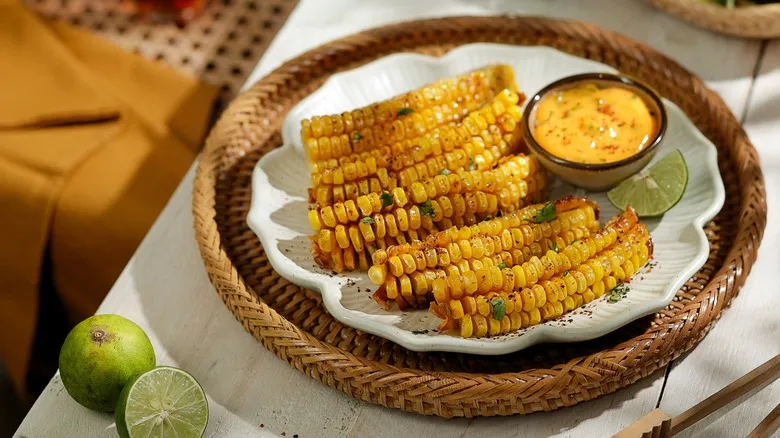The strategies for cutting corn ribs like a pro
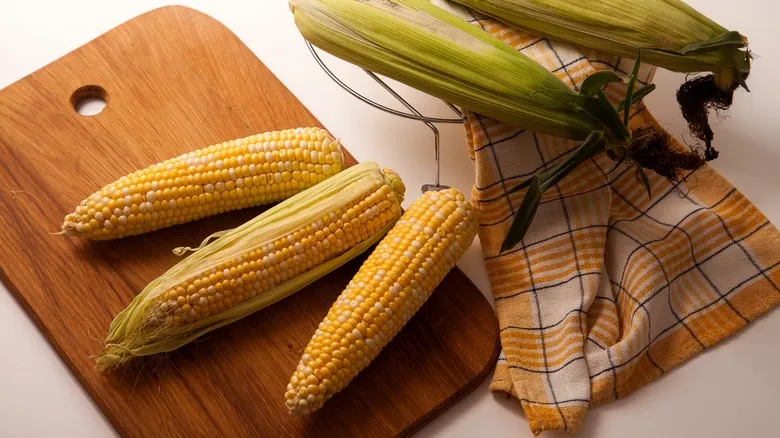
Corn can be a bit challenging to handle in the kitchen. Although you can streamline the preparation process by efficiently shucking each cob, achieving evenly sliced corn in rib-like shapes requires careful and precise knife skills. Chef Stephan Go has shared some tips to simplify the task of working with whole ears of corn after removing the husks, including selecting the right tool and breaking the ear into smaller sections as needed.
Since cutting through corn cobs can be tough, Go recommends using a "heavy-duty serrated knife." While a sharp chef's knife is typically used to cleanly cut corn off the cob for various recipes, when making corn ribs, it's best to keep the kernels attached to the cob, providing something to hold onto and eat from, similar to a rib bone. Fortunately, the serrated edge of a knife makes it easier to saw through the tough cob. To prepare an ear of corn into ribs, Go suggests starting by trimming both ends of the ear. If the ear is still quite long, he recommends breaking it in half. He explains, "Smaller, manageable pieces will help you make more even cuts." This level of precision is crucial for uniform cooking, ensuring that each corn rib turns out just as delicious as the others.
The best corn ribs are deep-fried
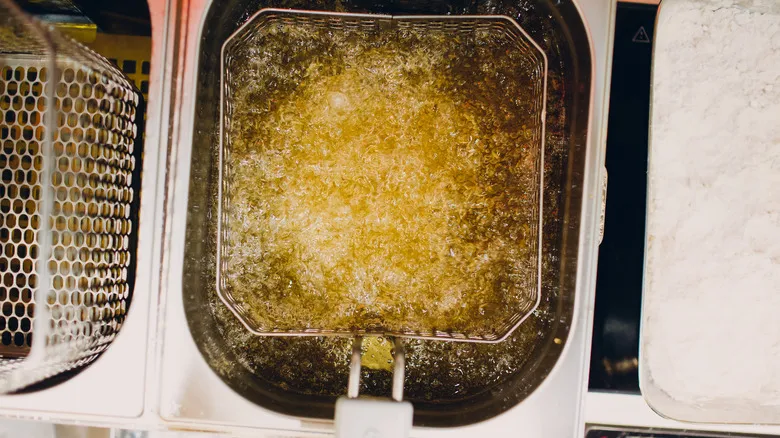
While it's possible to throw a raw rack of ribs on the grill, many prefer to cook this cut of meat in the oven, where the steady temperature ensures perfect results. For example, consider this recipe for oven-baked BBQ baby back ribs. Interestingly, grilling may not be the best method for preparing corn ribs either. Chef Stephan Go suggests that deep frying produces the finest corn ribs. Immersing them in hot oil is a guaranteed way to achieve a delightful crispiness, while the consistent high heat enhances the corn's natural sweetness.
To achieve a lovely golden brown hue, Go advises frying at 350 degrees Fahrenheit. "The key to excellent corn ribs is applying high, intense heat for a brief period," he explains. This technique allows the sugars in the corn to caramelize while keeping the kernels juicy. In terms of timing, just about a minute in the hot oil is sufficient.
Go emphasizes, "You want to cook the corn just enough to ensure it's done but not so long that it dries out or burns. The high heat caramelizes the natural sugars while preserving their juicy flavors." The end result should be a perfectly crisp corn rib that delivers a delightful sweetness with every bite.
Dry rubs are the key to well-seasoned corn ribs
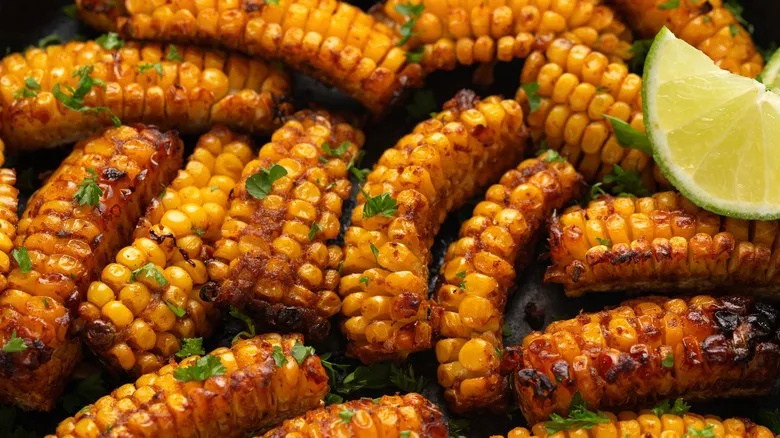
Whether you're trying to create corn ribs that rival BBQ ribs or not, it's wise to draw inspiration from their seasoning. However, unlike traditional pork or beef ribs, chef Stephan Go recommends seasoning corn ribs after they've been cooked. This is because his preferred method of using a dry rub may not work well with hot oil. When spices and herbs are applied directly to food before frying, they can either fall off or burn, resulting in minimal flavor or undesirable tastes. Instead, Go suggests applying dry rubs to corn ribs once they are out of the fryer.
Moreover, while every dedicated pit master and backyard griller likely has a favorite dry rub recipe, the typical blend of spices and herbs used for steak or chicken may not be ideal for corn. Go proposes a somewhat unconventional option: savory popcorn seasoning. If you don't have any on hand, he notes that you can easily make your own.
His expert advice for crafting the seasoning? "I recommend adding a bit more salt to balance the sweetness of the corn and leaving out sugar from your seasonings," he explains. While sugar is often included in dry rubs, focusing on savory spices for corn ribs can create a more harmonious flavor, as the corn already has its own natural sweetness.
Experiment with sauces and toppings
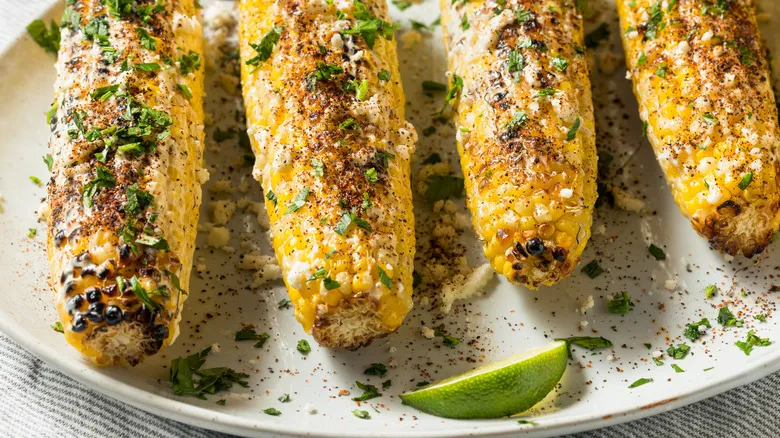
In addition to seasoning, one of the appealing aspects of corn ribs is the opportunity they provide to experiment with flavors through inventive sauces and toppings. For example, Momofuku presents them stacked atop squid ink aioli and whipped ricotta, showcasing the restaurant's modern take on Asian-American cuisine. Chef Stephan Go notes that there are numerous other options to explore with corn ribs. "The possibilities are limitless," he stated. "Try out various recipes and flavor pairings that complement corn and have fun experimenting."
When it comes to choosing sauces and toppings, Go suggests looking to other corn-based dishes for inspiration. He highlighted one particularly notable example: elote. This Mexican street food classic typically includes mayo or crema, fresh lime, chili powder, hot sauce, and crumbled cotija cheese. The combination of salt, fat, acidity, and heat pairs beautifully with the natural sweetness of crispy corn ribs. While Momofuku opts for creamy ricotta, Go adds, "Incorporating cheese into the corn ribs brings an extra layer of flavor to the dish."
To help delicate toppings like chopped cilantro adhere, he recommends first tossing the ribs in melted butter, which also adds richness. However, if you prefer to avoid the messiness of ribs, you can capture those flavors in a warm elote dip or choose a similarly creamy avocado dip instead.
How to prep corn ribs ahead of time
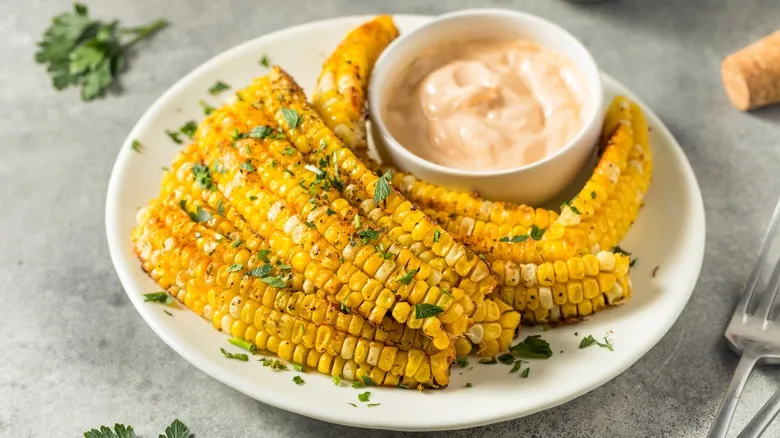
Although corn ribs are quicker to prepare than traditional ribs, they still require a fair amount of effort to get ready. However, you can streamline the process by doing some prep work ahead of time, a technique often used by professional chefs. This approach is particularly useful if you're planning to serve corn ribs at a gathering or potluck and may not have much time on the day of the event.
While the meticulous tasks of shucking and removing the fibrous corn silk are definitely worth doing in advance, there are additional steps you can handle beforehand. Chef Stephan Go recommends cutting the corn ribs and storing them in a sealed container about one or two days prior to cooking. The same applies to any seasonings or sauces you plan to use. The only step you should leave until later is frying, as Go notes, "Corn ribs are best enjoyed right after they are cooked." Fortunately, frying only takes about a minute in hot oil, allowing you to complete the more time-consuming preparations ahead of time.
With this expert guidance, you and your guests are likely to enjoy every last bite of the delicious homemade corn ribs. If there happen to be any leftovers, Go suggests incorporating them into other dishes like salads, fried rice, or stir-fries for an added burst of flavor.
Recommended

The Best Ways To Open A Can Without A Can Opener
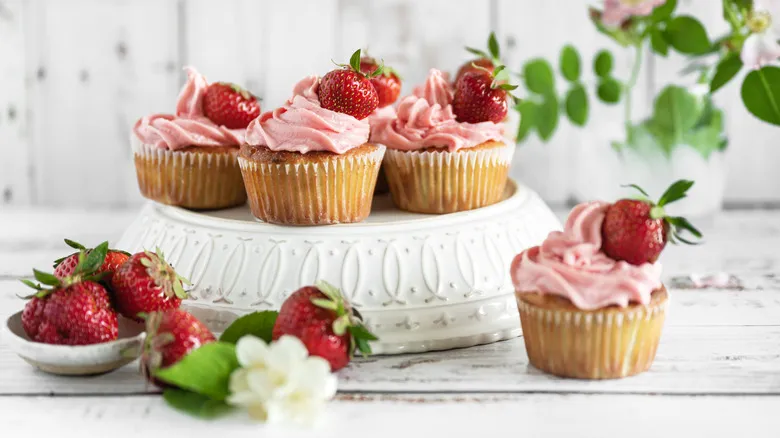
The Pan Trick To Easily Transport Cupcakes
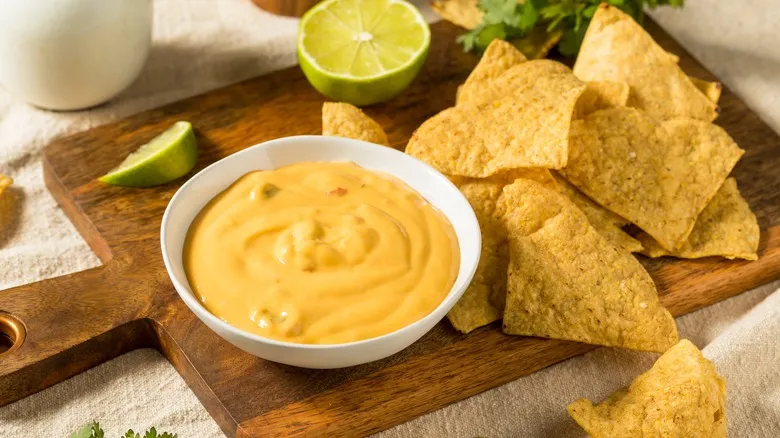
The Key To Smoother Cheese Sauce Might Be In Your Medicine Cabinet
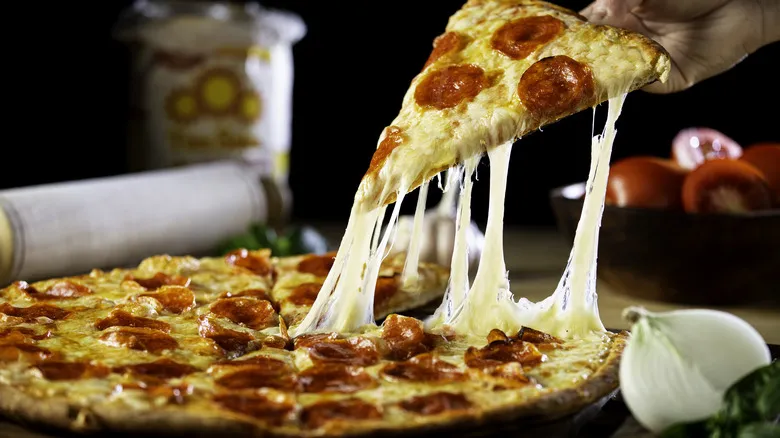
A Spoonful Of Water Is Your Secret Weapon For Reheating Pizza
Next up

